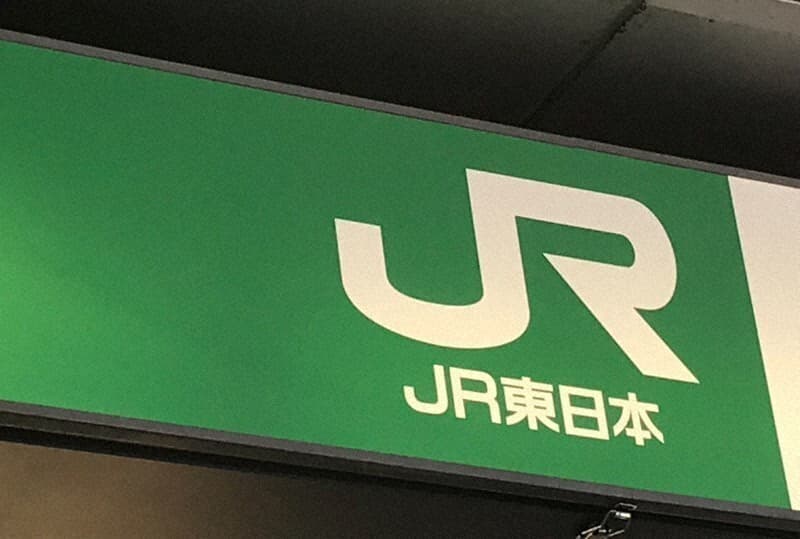A promotion meets the limits of platform safety
East Japan Railway Co. has halted the use of a song by the popular group SixTONES as the departure melody on parts of the Tohoku Shinkansen. The company said it observed fans attempting to record the tune with long handled microphones on station platforms. That behavior raised safety concerns near overhead power equipment and created crowding that could block boarding. Less than two weeks after the melody began on October 1, the company reverted to the standard departure bell at Tokyo, Ueno, and Omiya stations.
- A promotion meets the limits of platform safety
- What changed on Shinkansen platforms in October
- Why microphone recording on platforms is risky
- Departure melodies in Japan and how they are used
- JR East response and fan management
- Tourism goals and the Tohoku connection
- Similar cases and lessons for events
- What travelers should do now
- Key Points
The melody was part of a wider promotional tie up with SixTONES designed to spotlight travel on the Tohoku Shinkansen and to bring attention to destinations across northeastern Japan. The group’s new song, “Shine with U,” was scheduled to play on platforms through March of next year. After days of patrolling platforms and broadcasting warnings, JR East decided to end the melody early and return to the familiar bell chime. The operator cited public safety and smooth passenger movement as its priorities.
Japan’s stations are busy places, especially on Shinkansen platforms where precise schedules and short dwell times keep high speed services on time. Station staff are trained to prevent falls, keep people behind safety lines, and remove hazards before a train departs. Equipment held aloft over the platform edge complicates that work. The decision to end the melody reflects a simple calculus, a marketing idea is helpful only as long as it does not undermine safety.
What changed on Shinkansen platforms in October
The campaign, promoted under the phrase “Enjoy! SixTONES, Enjoy! ShinKANSEN.”, introduced “Shine with U” as the departure melody at three of the network’s busiest hubs for the Tohoku Shinkansen corridor. For many riders, the new tune was a cheerful cue in place of the standard bell that usually signals doors closing and imminent departure. Melodies are a familiar part of rail life in Japan, and the idea aimed to blend music fandom with the everyday ritual of boarding a train.
After the rollout, staff reported more people lingering near the edge of platforms with audio equipment extended out toward the track in an effort to capture a clean recording of the short melody. Announcements reminded riders to stand behind the safety line and to keep large items away from the tracks. Staff also walked platforms to deter risky behavior. The measures did not fully stop the problem, so JR East ended the melody on the three affected platforms and reintroduced the standard bell chime to reduce risk and keep boarding orderly.
Why microphone recording on platforms is risky
Railway platforms are highly controlled spaces. That is especially true for Shinkansen platforms, where long trains arrive at speed, doors align with marked spots, and crowds board within a minute or two. Any object extended over the edge of the platform or raised high near power equipment can create hazards that staff cannot easily predict. The company highlighted two main risks, electrical safety and passenger flow.
Overhead wires and electrical risk
Shinkansen trains draw electricity from overhead wires that carry high voltage. These wires are mounted above the tracks, and there are strict clearances to prevent contact or near contact with conductive objects. A boom microphone, telescoping pole, or any long metal device raised toward the track area increases the chance of accidental contact or getting too close to energized components. Even without touching a wire, electricity can arc through air over a small distance under the right conditions. That is why rail operators instruct passengers not to raise objects above the platform edge and to keep equipment away from the track area.
Crowding and passenger flow
Recording activity changed how people moved on platforms. Fans clustering near the best audio spots can block doorways, slow down boarding and alighting, and push other riders closer to the platform edge. Station staff rely on clear lines of sight and free movement to manage the short window between arrival and departure. When people hold up poles or lean out, they obstruct those sightlines and add unpredictable movements at the worst time, just as doors are closing. The risk is not abstract, a bump at the wrong moment can lead to a fall, an object could hit the train, or doors could be blocked as the departure bell sounds.
Departure melodies in Japan and how they are used
Short melodies at train stations are a long running practice in Japan. On conventional lines, these tunes help pace boarding by giving passengers a simple auditory cue. Many melodies are only a few seconds long. They are designed to be pleasant, distinctive, and short enough to fit within the tight dwell times of busy stations. They also serve a practical purpose, people who may not be looking at a clock or platform display know they have only moments left before doors close.
Shinkansen stations usually rely on bell chimes or short tones to keep messages clear during busy periods. When a special melody is introduced, it is typically confined to specific platforms, times, or events. The SixTONES collaboration followed that pattern. It offered a small moment of delight for fans while keeping the overall cadence of boarding. The safety context changed once recording behavior spread. A melody meant to be heard and enjoyed briefly became something that drew equipment and crowds toward the platform edge.
JR East response and fan management
JR East described a sequence of steps before ending the melody. Staff walked platforms to caution riders. Announcements asked people to stand behind safety lines, to refrain from extending equipment outward, and to avoid blocking others. The company then removed the melody at the three stations and restored the standard bell. The bell is less likely to attract recording attempts and signals the same clear message to board quickly and safely.
Public events and collaborations often bring excitement that can spill over into busy public spaces. Rail operators plan for this with signage, staffing, and rules that prioritize safety. Fans usually respond well when rules are clear and enforced consistently. A few highly motivated individuals can still create significant risk, especially when equipment and crowding are involved. In this case, the operator decided the simplest correction was to take away the trigger for the risky behavior.
- Keep equipment on platforms low and away from the track area.
- Stay behind the safety line until the train has come to a complete stop and doors open.
- Follow staff instructions and recorded announcements immediately.
- Avoid lingering in door areas to film or record, board promptly if you plan to ride.
Tourism goals and the Tohoku connection
The SixTONES campaign was designed to draw attention to travel in the Tohoku region. Tourism boards and rail operators often work with artists to refresh interest in destinations that are a train ride away from Tokyo. A song on a platform can make a routine commute feel special and can prompt fans to plan a trip. The early end of the melody does not cancel the broader message of the campaign. Advertising, signage, and video content can continue to highlight Tohoku’s cities, hot springs, and seasonal attractions without adding risk on platforms.
Promotions that involve live public spaces must account for enthusiastic behavior. When a small number of fans employ specialized gear in tight areas, that raises the cost of mitigation. Additional staff time, announcements, and potential crowding all add up. Companies sometimes decide that a partial rollback protects both the public and the core campaign. JR East’s move keeps trains moving safely while leaving room for other elements of the promotion to continue off the platform.
Similar cases and lessons for events
Japan’s railways and entertainment companies regularly team up for limited time events, special trains, and music tie ups. Many run smoothly. When projects attract intense attention, operators face pressure points that are familiar, crowd control at chokepoints, prohibited items appearing in sensitive areas, and small groups disregarding staff instructions. Some rail events in recent years have been curtailed or adjusted due to nuisance behavior or safety concerns. Organizers learn quickly which elements draw risky crowding and which can be delivered in safer formats.
Event planners now tend to separate content that can be enjoyed digitally from experiences that draw people into tight spaces. A music video or AR filter can reach fans anywhere. A platform melody, by contrast, draws people onto a narrow edge where safety risks are highest. Looking ahead, companies may favor campaigns that keep the most attention grabbing elements away from areas where a brief lapse can lead to harm.
What travelers should do now
Riders at Tokyo, Ueno, and Omiya on the Tohoku Shinkansen can expect the standard departure bell again. The melody by SixTONES is no longer in use at these platforms. Travelers should still plan for short boarding windows and follow platform rules. The following quick tips help keep everyone safe during busy departures.
- Stand behind the safety line until the train is fully stopped and doors open.
- Do not lean over the edge or extend cameras, microphones, or tripods toward the track.
- Keep backpacks and luggage close to your body when trains arrive and depart.
- Board promptly when your door opens, do not block the doorway to film or take photos.
- Listen for staff instructions and public address messages, they are timed to the departure sequence.
Key Points
- JR East stopped using SixTONES song “Shine with U” as a departure melody at Tokyo, Ueno, and Omiya on the Tohoku Shinkansen.
- The melody began on October 1 and ended less than two weeks later due to safety concerns.
- Fans attempted to record the tune with long handled microphones on platforms, creating hazards and blocking passenger flow.
- JR East tried patrols and announcements before reverting to the standard departure bell.
- High voltage overhead wires and crowded platform edges make extended equipment unsafe.
- The melody was part of a campaign to promote travel to Tohoku and was originally scheduled to run through March.
- The broader promotion can continue without the platform melody, while safety remains the priority.
- Travelers should follow platform rules, keep equipment away from the track area, and board promptly at the bell.












